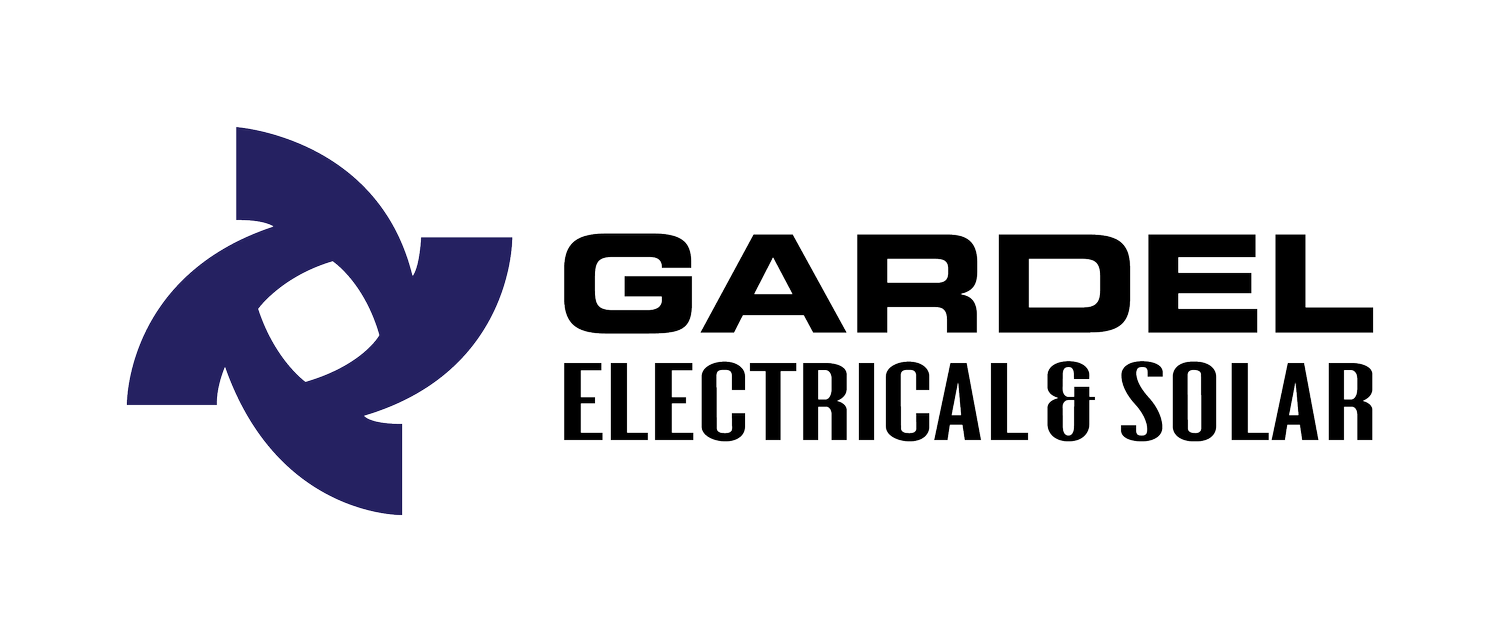How to monitor your solar system
A solar system without great solar monitoring is kind of like a car with no gauges.
You can do it, but you’ll struggle to understand what’s going on and have no way of knowing if anything has gone wrong. We invited Nigel from Solar Analytics, our monitoring app of choice, to give us the basics of solar system monitoring software.
Solar monitoring has never been easier.
It’s worth remembering that adding solar is about saving money and good monitoring software can be like a turbo charger for your solar savings.
Solar monitoring software can be broadly described in three categories – basic, inverter and advanced, so here’s a simple guide to help you choose.
Basic solar monitoring usually consists of a very simple and cheap measurement device and sometimes a small digital display. Typically, they aren’t particularly accurate, reliable or helpful and their software is universally rudimentary.
Inverter monitoring is the next step up. Almost all solar inverters can be connected to Wi-Fi and have an internal device to measure solar production levels. The majority also offer optional consumption meters and have an app to show you what’s going on.
Inverter monitoring has come a long way but does tend to be very technical and not very user-friendly. Importantly, none of the inverter software solutions we have seen focus on showing you accurate savings information or showing you if your system is performing at 100%.
Advanced monitoring is a whole other world. In Australia we are really lucky because we have Sydney-based Solar Analytics. It stands to reason that we are leading the way because the only thing we do is make solar software.
Solar Analytics collects data from a wide range of devices and can be connected to existing or new solar systems. Up front, we have a truly user-friendly app and behind the scenes, we have some of the smartest algorithms in the solar software world. That makes it incredibly smart and incredibly simple to use.
One of the coolest features is called Plan Optimiser which can add $400 pa of additional savings.
Plan Optimiser automatically calculates how much you could save by switching retailers with the click of a button and you can keep checking over time as things change. With energy rates going through the roof, there’s never been a better time for automated, unbiased switching advice.
We also love that you can easily check your payback with the Solar Savings tool, and predict your future costs with My Electricity Bill. Rather than being a technical nerd fest, it’s focused on what you want – savings! And more of them.
One of the other features we love is called True Performance. Basic and Inverter monitoring software will only show you what you generated. Solar Analytics will also show you what you should have generated, allowing you to catch small problems before your savings are lost.
By using real weather data, True Performance can detect underperformance – perhaps from a faulty isolator or cabling damage or even dirt build-up on your solar panels. It intelligently lets you know when to investigate, and when to relax.
Lastly, we know that energy is a pretty dull subject. That’s another reason why I love the app, it’s designed to be clever and fully automated.
If anything goes wrong and needs attention we’ll let you, and the team at Gardel Electrical & Solar know so they can take action quickly. We also have a really slick Advanced Battery Calculator which will show you the best time to invest in exactly the right sized battery and other great tools that are constantly being updated.
So, how do you get it and what does it cost?
The great news is, Solar Analytics offers a no obligation 30 Day Free Trial so you can try before you buy. If you like it, you can choose from a variety of subscription options for around $1 per week.
To add Solar Analytics, you can contact Gardel Electrical & Solar and they’ll connect you remotely in just minutes. If you prefer, you can simply visit Solar Analytics and sign up yourself using just your inverter serial number and a few basic details.



